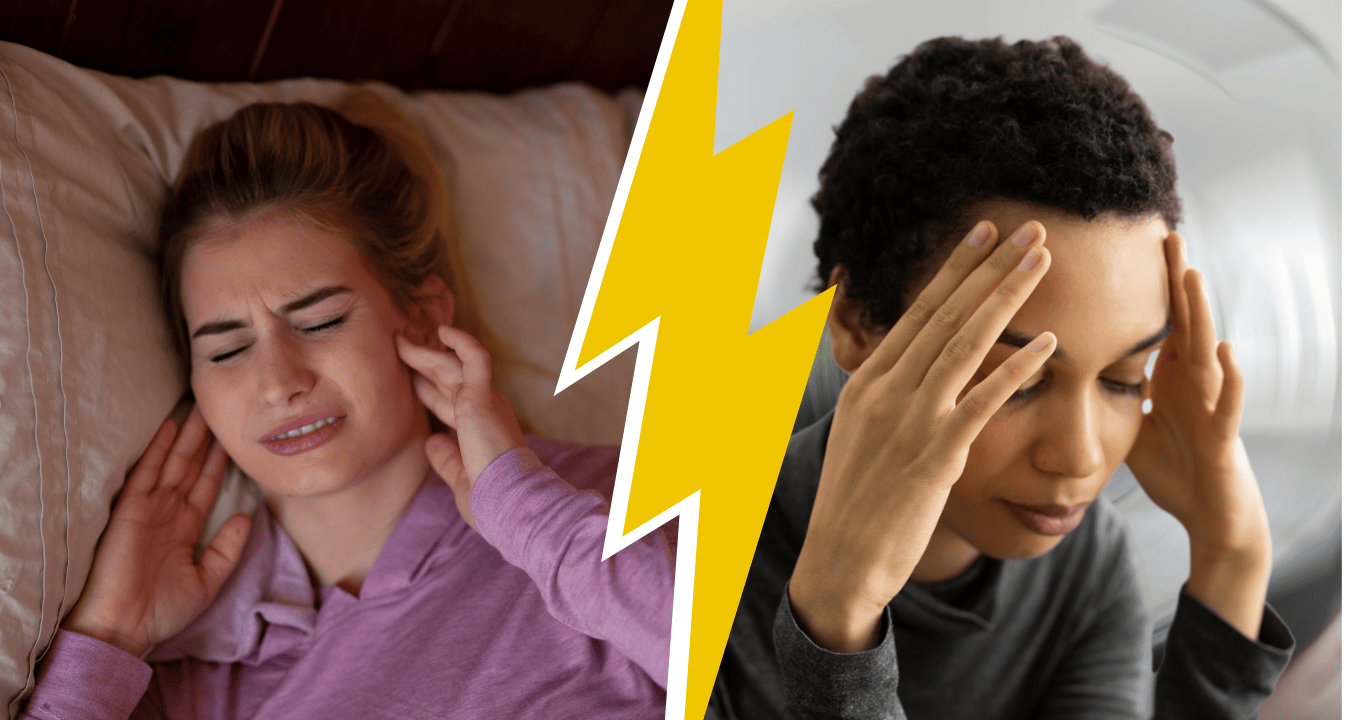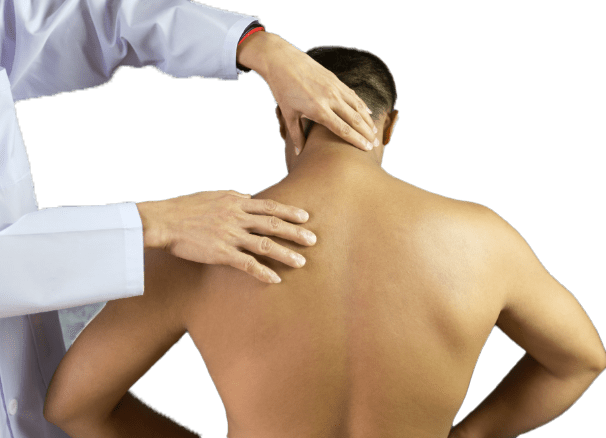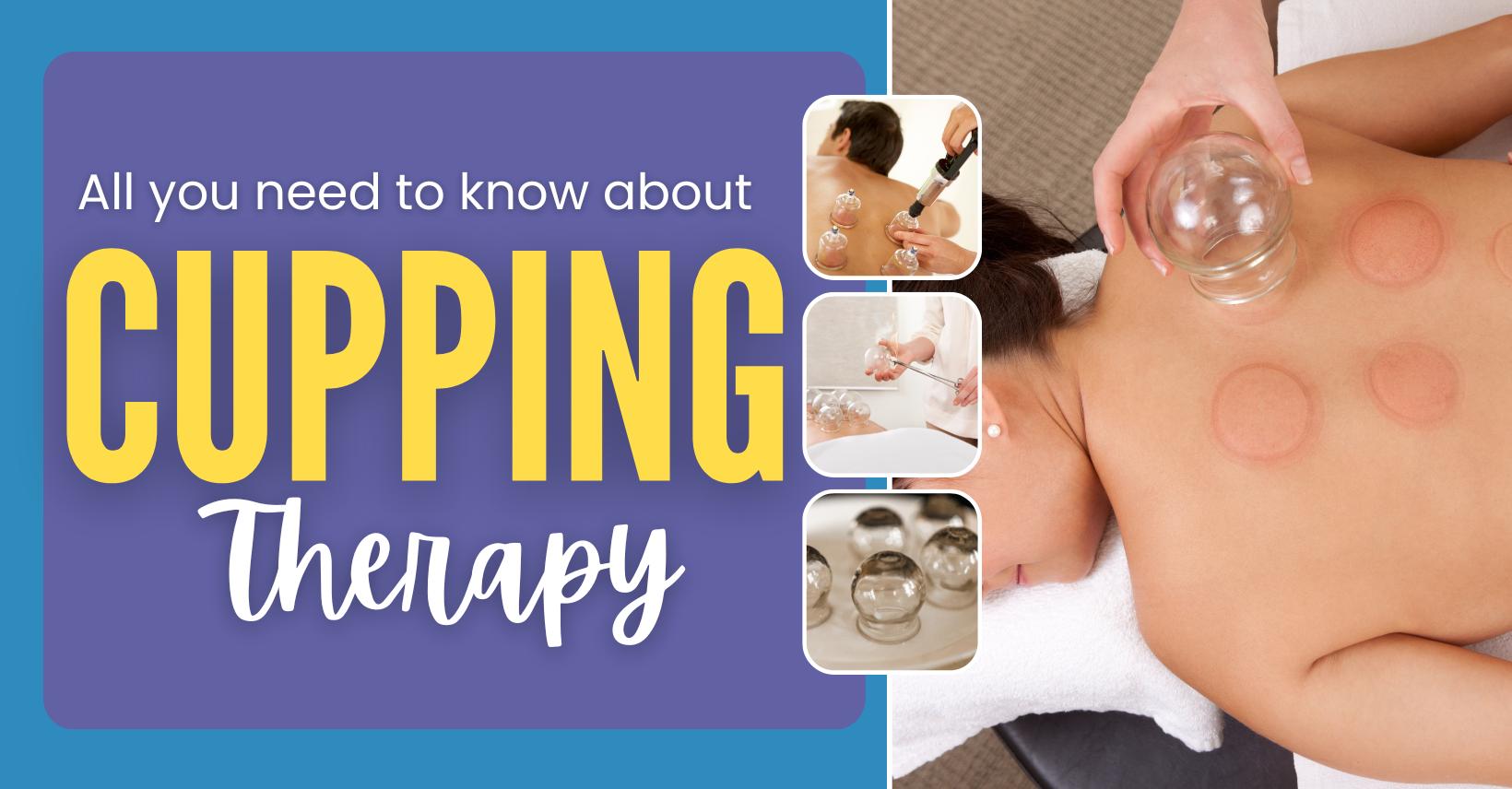January 4, 2021
As one of the leading clinics in Dubai that offers lymphatic drainage massage. We give you this guide that will help you to understand the importance of prevention, control and management of lymphedema in the maintenance phase.
What is the lymphatic system?
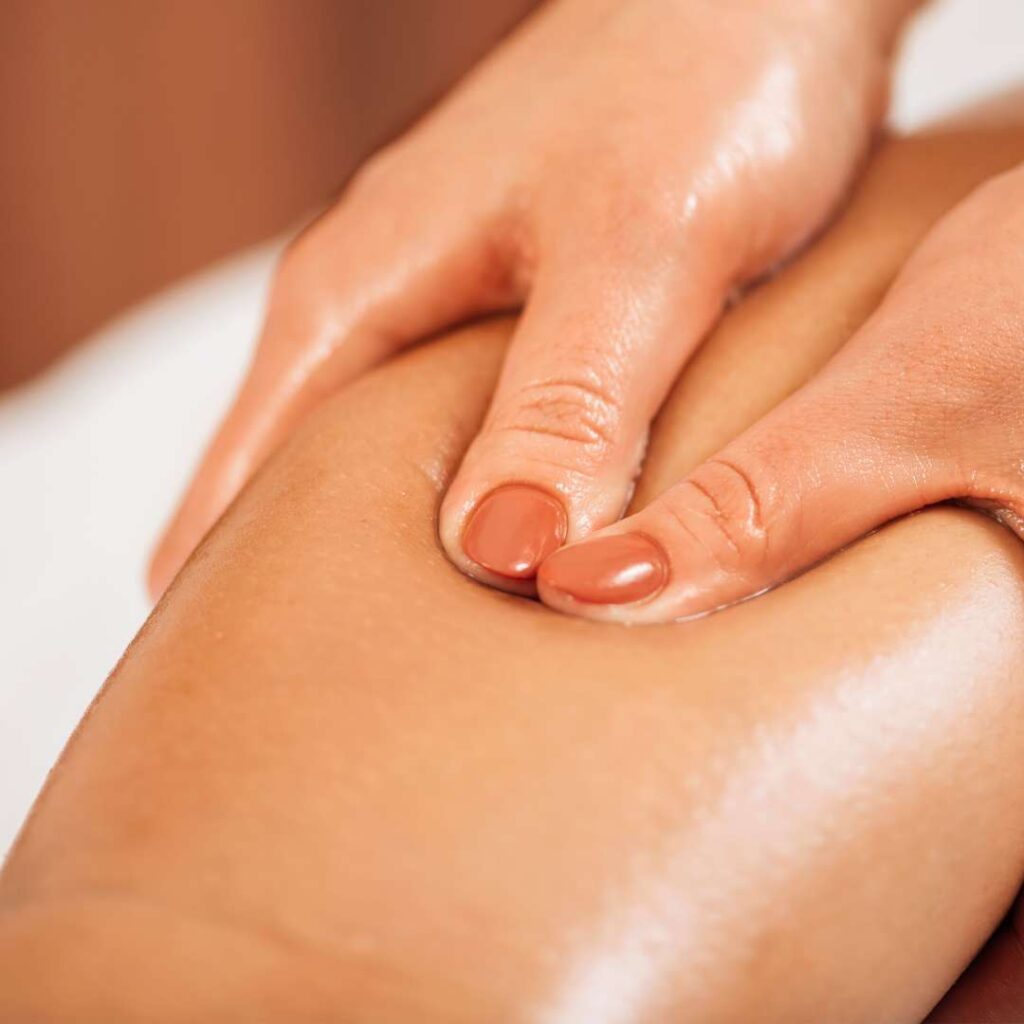
The lymphatic system is a network of tiny vessels and small, bean-shaped organs called lymph nodes. They work together to move a colorless, watery fluid called lymph from cells and tissues back into the circulatory system. The lymphatic system has many functions, the key ones being:
1.) Maintaining fluid levels in the body
2.) Protecting the body against foreign invaders (is part of the immune system)
3.) Transporting and removing waste products and abnormal cells
What is lymphedema?
In cancer patients, damage to the lymphatic pathways can be caused by the cancer itself, infection or certain treatments such as lymph node removal or radiation therapy. All these conditions can cause a lymphedema, which is the buildup of lymphatic fluid underneath the skin. The swelling can lead to pain, feeling of tightness, heaviness and recurrent skin infections. Lymphedema mostly affect the arms and legs but can also occur in the head and neck, the belly or the genitals. Sometimes lymphedema appear right after surgery or radiation and go away again quickly. In other cases, they develop months or even years later.
There are steps that can be taken to prevent a lymphedema from starting or to reduce and relieve symptoms:
Compression garments
A compression garment (sometimes called a compression sleeve) is a tight-fitting piece of elastic clothing that covers all or part of the arm. It works by putting pressure on your swollen arm and stopping the collection of lymph in any one area. Good compression garments are custom-made and should be replaced every 4 to 6 months or when they begin to lose their elasticity. You can wear the garment up to 24 hours, research shows that long-term and consistent wearing yields best results. It’s optimal to have 2 garments since they should be washed frequently. Your Physiotherapist will advise you where to get a custom-made compression garment.
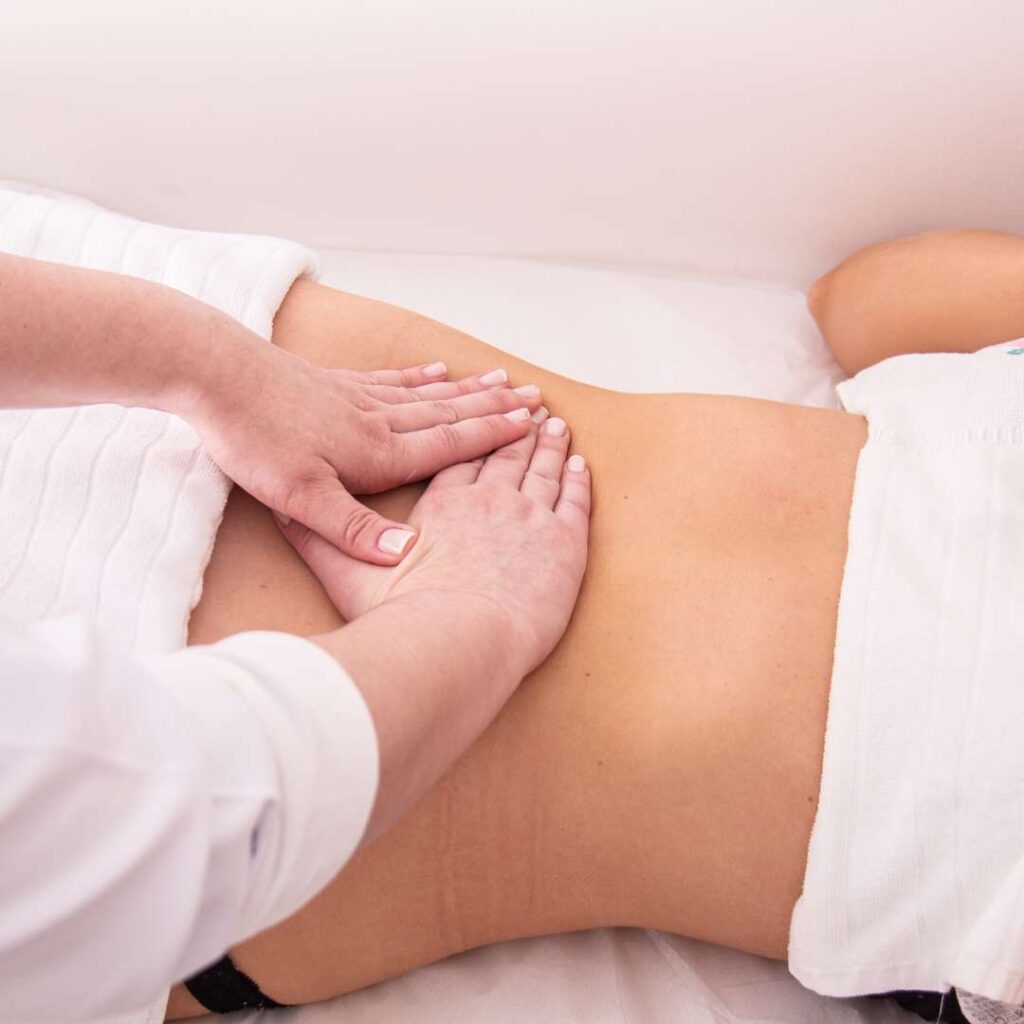
Manual lymph drainage
Manual lymph drainage massage is a technique performed by a trained physiotherapist. It’s a very light and gentle technique that helps the fluid drain from the affected area. You will be instructed certain massage movements by your therapist that you can perform at home to support the lymphatic system. Ideally a compression bandage or garment is applied right after the manual lymph drainage massage to avoid the lymph to return into the tissue.
Exercise
Daily activities as well as specific exercises and deep breathing are an essential part of a good lymphedema management. Activities involving many different muscle groups (such as walking or swimming) activate the circulatory system and help the lymph drainage. Since the lymphatic system depends on the muscles working as pumps, light exercises of the affected area are encouraged. Your physiotherapist will give you exercises appropriate to your needs.
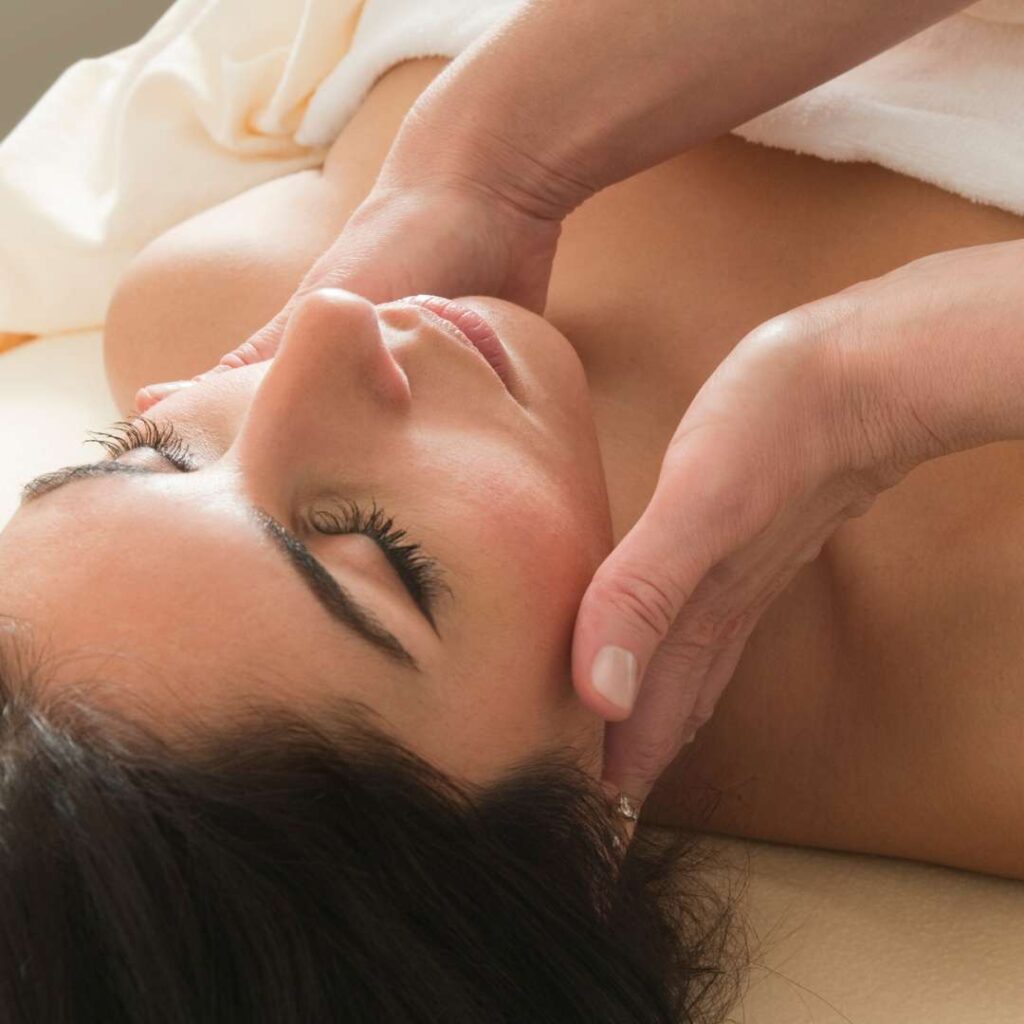
Skin Care
Due to the reduced lymph flow the immune system is slightly depressed. It is therefore very important to avoid anything that could increase the risk of an infection. Disinfect little wounds immediately, prevent sunburns and other burns, wear gloves when doing gardening work, use a clean razor when shaving underarms, etc. Protect the skin in the affected area from drying and cracking by cleaning it daily, gently drying it well, and applying lotion with a pH of 5 to 5.5.
Lifestyle
- Avoid any constriction, such as tight clothing or jewelry.
- Carry your handbag or heavy packages with the unaffected arm.
- Be cautious about exposing yourself to hot environments (saunas, steam baths, hot climate, etc.). Heat can make your lymphedema worse.
- Diet and weight management. Eating a healthy diet and controlling body weight is an important part of treatment. Being overweight can contribute to the development of lymphedema and may make the use of compression garments less effective.
- Eating less salt will help reducing fluid retention. Carbs may also cause extra water storing.
- Resting the arm in an elevated position. Raising the arm above the level of the heart when possible lets gravity help drain the fluid.
- If you have a compression garment you should wear it when traveling by air.
- Ask for injections and blood pressure tests to be done on the unaffected arm.
- Avoid vigorous, repetitive movements against resistance, such as scrubbing, pulling, or pushing with the affected arm.
Make these precautions part of your daily habits and plan to follow them for the rest of your life. Compare your hands and arms regularly. Look at them in the mirror. Learn what’s normal for you so you can detect changes right away. If you notice any worsening of symptoms, see your healthcare provider as soon as possible.




